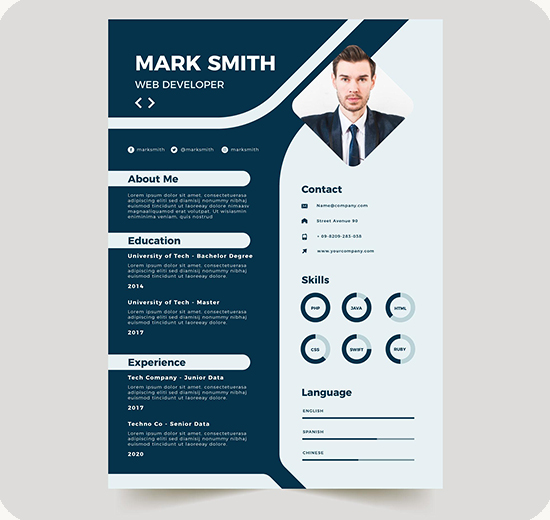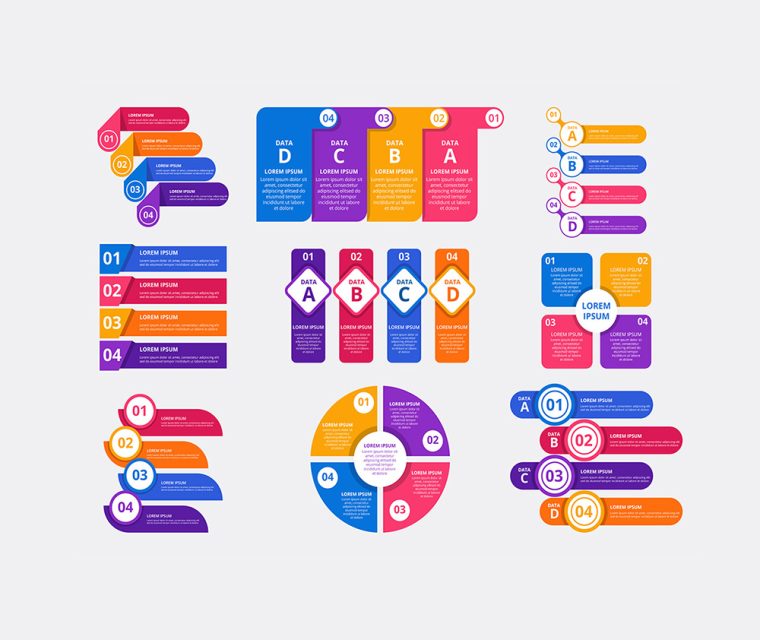
Photography & image editing
Product photography Editing
When designing advertisements for product photography, several key points can enhance the appeal and effectiveness of your ads, ensuring the best possible feedback. Here’s a comprehensive guide:
- Understand Your Target Audience
- Demographics: Know the age, gender, and location of your target audience.
- Interests and Preferences: Tailor the visuals to match the audience’s interests and lifestyle.
- Focus on High-Quality Imagery
- Resolution: Use high-resolution images to ensure clarity and detail.
- Lighting: Ensure proper lighting to highlight product features. Use natural light or studio lighting based on the product.
- Background: Keep the background simple to ensure the product stands out.
- Highlight Product Features
- Angles: Capture the product from multiple angles to give a complete view.
- Details: Zoom in on important features or unique aspects.
- In Use: Show the product in use to demonstrate its practicality and benefits.
- Consistent Branding
- Color Schemes: Use consistent color schemes that match your brand identity.
- Logos and Taglines: Ensure these are prominently but tastefully placed.
- Compelling Composition
- Rule of Thirds: Use composition techniques to make the image visually appealing.
- Balance and Symmetry: Maintain balance in the image layout for aesthetics.
- Call-to-Action (CTA)
- Clear Text: Use readable and concise text to guide the viewer on what to do next.
- Placement: Position the CTA strategically within the ad.
- Emphasize Storytelling
- Narrative: Craft a story around the product to connect emotionally with potential customers.
- Lifestyle Integration: Show how the product fits into a customer’s life.
- Test and Iterate
- A/B Testing: Experiment with different versions of ads to see which performs best.
- Feedback: Gather and analyze feedback to make improvements.
- Consider Different Formats
- Static vs. Dynamic: Decide between static images or dynamic content like GIFs and videos.
- Platform-Specific Needs: Optimize image format and dimensions for specific social media or web platforms.
- Legal and Ethical Considerations
- Copyrights: Ensure all imagery and content are original or properly licensed.
- Honesty: Avoid misleading visuals that misrepresent the product.
By paying attention to these elements, you can create compelling product photography ads that not only attract attention but also convert viewers into customers.






